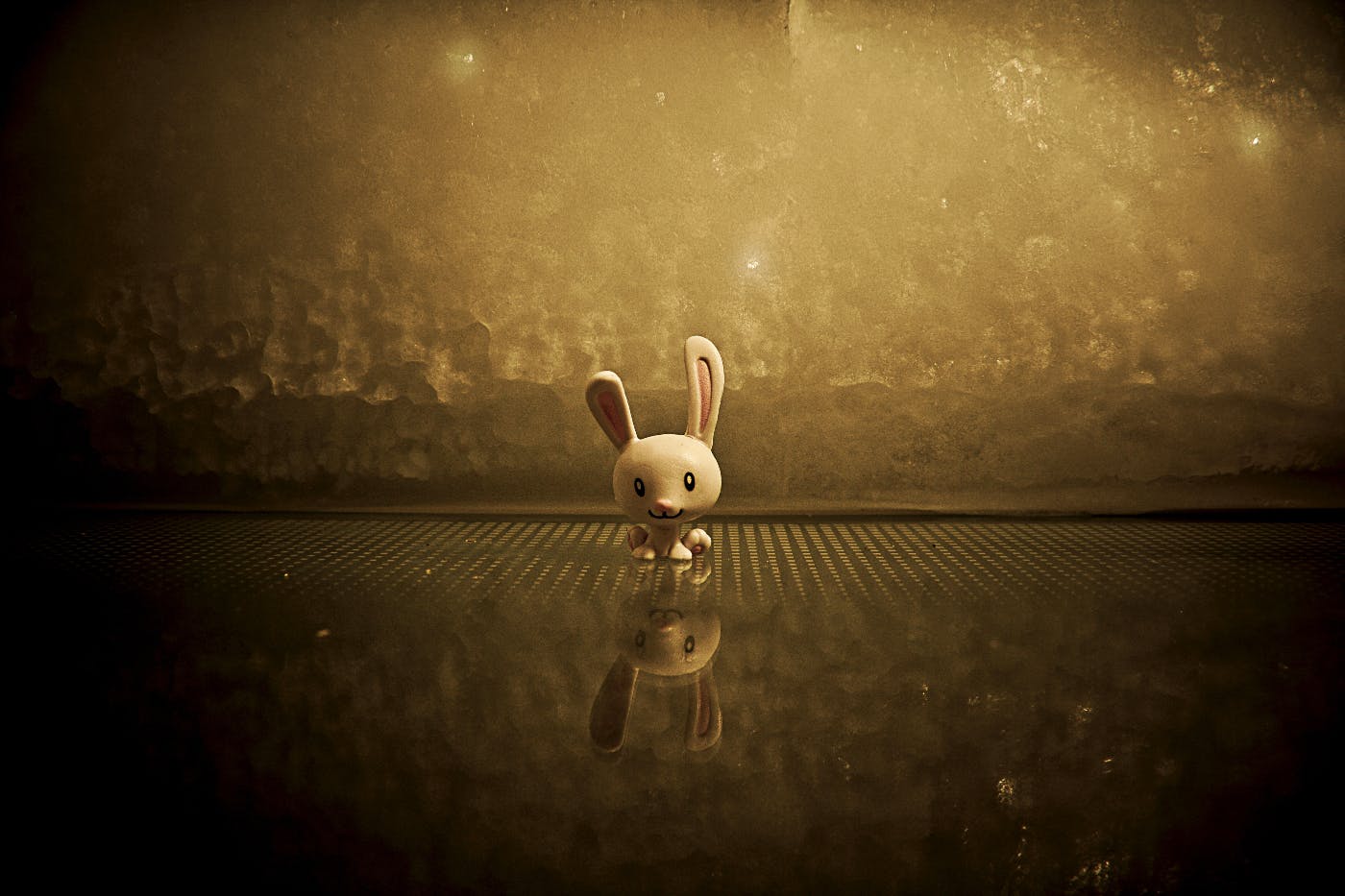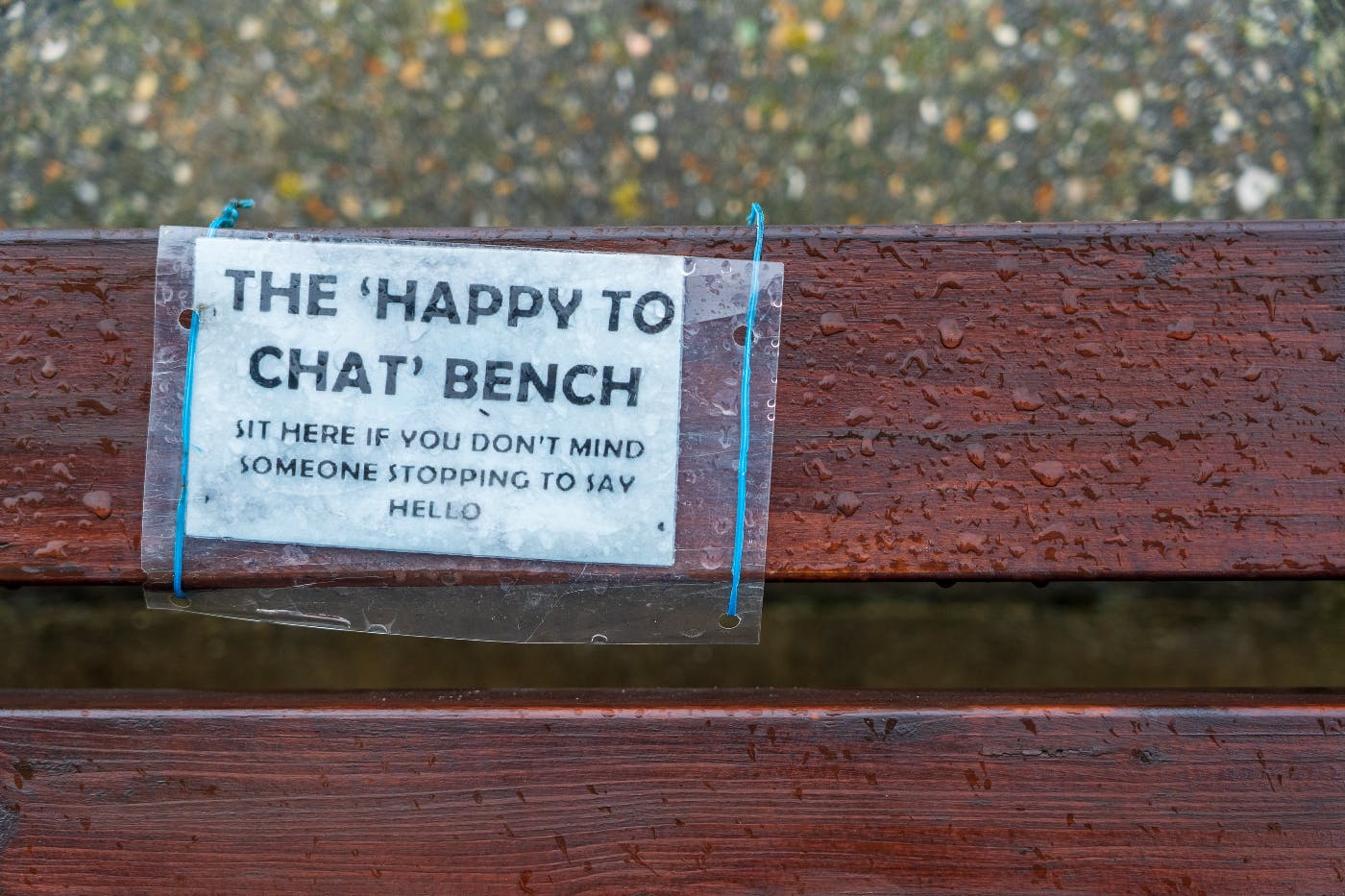
Animation and interaction play a pivotal role in shaping the user experience, making websites more engaging and user-friendly.
Web design has evolved significantly since the early days of static, text-based websites. Today, websites are dynamic, visually appealing, and highly interactive. Animation and interaction play a pivotal role in shaping the user experience, making websites more engaging and user-friendly. This article will explore the significance of animation and interaction in web design, their impact on user engagement, and some best practices for incorporating them effectively.
Engaging the User
The primary goal of web design is to engage users effectively. In a world where attention spans are decreasing, websites must grab the user's attention and keep them interested. Animation and interaction are powerful tools in achieving this. They create a sense of liveliness and interactivity that can transform a mundane website into an engaging and memorable experience.
Animation and interaction can be used to guide users' attention. For instance, subtle animations can draw attention to important elements on a webpage, such as call-to-action buttons or key pieces of content. Hover effects, like changing the color or size of a button when a user hovers their cursor over it, provide instant feedback, making navigation more intuitive. These subtle cues help users understand the hierarchy of information on a page and make it easier for them to find what they are looking for.
Enhancing User Experience
Animation and interaction can greatly enhance the user experience. Take, for example, a loading spinner that keeps users engaged while content is loading. Instead of staring at a blank screen, users see a visual indicator of progress, reducing the perceived waiting time. This not only makes the website feel faster but also improves user satisfaction.
Smooth page transitions and scroll animations can make navigating a website a more enjoyable experience. These animations create a seamless flow as users move from one page or section to another. It's not just about aesthetics but also about providing users with a clear sense of where they are within the website's structure.
Furthermore, interactive elements like sliders, carousels, and collapsible menus allow users to control the content they see, providing a more personalized experience. These features enable users to tailor their interaction with the site, making it more likely that they will find the content that is relevant to them.
Expressing Brand Identity
Animation and interaction can be used to express a brand's identity and personality. Consider how Google's logo animates when you perform a search or how Apple's website seamlessly integrates animation with minimalist design. These elements reflect the brands' commitment to innovation and user-friendly experiences.
Well-executed animations and interactions can communicate a brand's values and engage users on an emotional level. Whether it's the playfulness of a children's website or the professionalism of a corporate site, animation can help convey the right mood and tone. This aids in creating a memorable and lasting impression on visitors.

Improving User Retention and Conversion Rates
The longer users stay on a website, the higher the chances of conversion. Animation and interaction can be powerful tools for retaining users and guiding them toward desired actions, such as signing up for a newsletter, making a purchase, or filling out a contact form.
Engaging animations, micro-interactions, and gamified elements can encourage users to explore a website further. For instance, when users see a captivating animation, they are more likely to stay on the page, read the content, and take the desired action.
Moreover, animation can simplify complex processes, making it easier for users to understand and complete tasks. For example, step-by-step animations can guide users through a multi-step checkout process, reducing cart abandonment rates and increasing conversion rates.
Best Practices for Animation and Interaction
While animation and interaction can greatly enhance web design, they should be used judiciously. Here are some best practices to keep in mind:
Purposeful Animation: All animations and interactions should serve a specific purpose, whether it's to guide user attention, enhance user experience, or express brand identity.
Performance Optimization: Overly complex animations can slow down a website, leading to a poor user experience. Balancing aesthetics with performance is essential, ensuring that animations load quickly and smoothly.
Consistency: Maintain a consistent design language throughout the website. Use animation and interaction patterns that users can easily recognize and understand.
Accessibility: Ensure that animations and interactions are accessible to all users, including those with disabilities. Provide alternatives for screen readers and keyboard navigation.
Mobile Responsiveness: Test animations and interactions on various devices and screen sizes to ensure they work well on mobile platforms.
User Testing: Conduct user testing to gather feedback on the effectiveness of animations and interactions. This can help identify areas for improvement.
Summing Up
Animation and interaction are integral to modern web design. They are not mere embellishments but powerful tools for engaging users, enhancing their experience, and driving conversions. When used thoughtfully and purposefully, animation and interaction can transform a website into a dynamic and captivating digital space that keeps users coming back for more. As web design continues to evolve, we can expect to see even more innovative and engaging uses of animation and interaction in the future.
You Should Know
ThoughtLab is a dynamic and innovative full-service creative agency renowned for its exceptional branding prowess and relentless commitment to thinking outside the box. With a team of visionary creatives, strategists, Web3, and marketing experts, plus decades of superior website design, ThoughtLab consistently delivers groundbreaking solutions that redefine the boundaries of branding and design. They understand that breaking away from convention and embracing bold, unique ideas is vital in today's fast-paced and competitive landscape.
ThoughtLab's approach involves immersing themselves in their client's businesses, understanding their values and aspirations, and crafting tailor-made branding experiences that resonate deeply with the target audience. Their track record of success stands as a testament to their ability to push creative boundaries, captivate audiences, and ensure their client's brands stand out amidst the noise. With a focus on innovation and a passion for excellence, ThoughtLab continues to be at the forefront of revolutionizing the world of branding and marketing. Contact ThoughtLab today.

